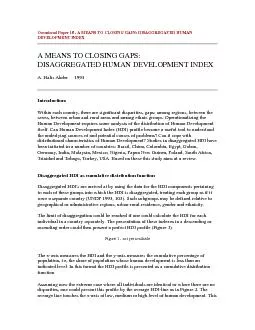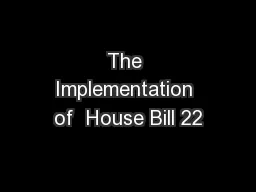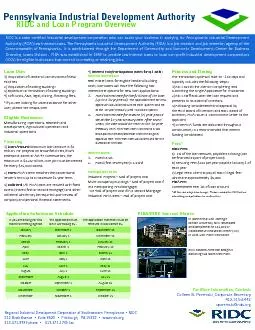PDF-A MEANS TO CLOSING GAPS DISAGGREGATED HUMAN DEVELOPMENT INDEX
Author : marina-yarberry | Published Date : 2017-04-11
A MEANS TO CLOSING GAPS DISAGGREGATED HUMAN DEVELOPMENT INDEX A Halis Akder 1994 IntroductionWithin each country there are significant disparities gaps among regions
Presentation Embed Code
Download Presentation
Download Presentation The PPT/PDF document " A MEANS TO CLOSING GAPS DISAGGREGATED ..." is the property of its rightful owner. Permission is granted to download and print the materials on this website for personal, non-commercial use only, and to display it on your personal computer provided you do not modify the materials and that you retain all copyright notices contained in the materials. By downloading content from our website, you accept the terms of this agreement.
A MEANS TO CLOSING GAPS DISAGGREGATED HUMAN DEVELOPMENT INDEX: Transcript
Download Rules Of Document
" A MEANS TO CLOSING GAPS DISAGGREGATED HUMAN DEVELOPMENT INDEX"The content belongs to its owner. You may download and print it for personal use, without modification, and keep all copyright notices. By downloading, you agree to these terms.
Related Documents














